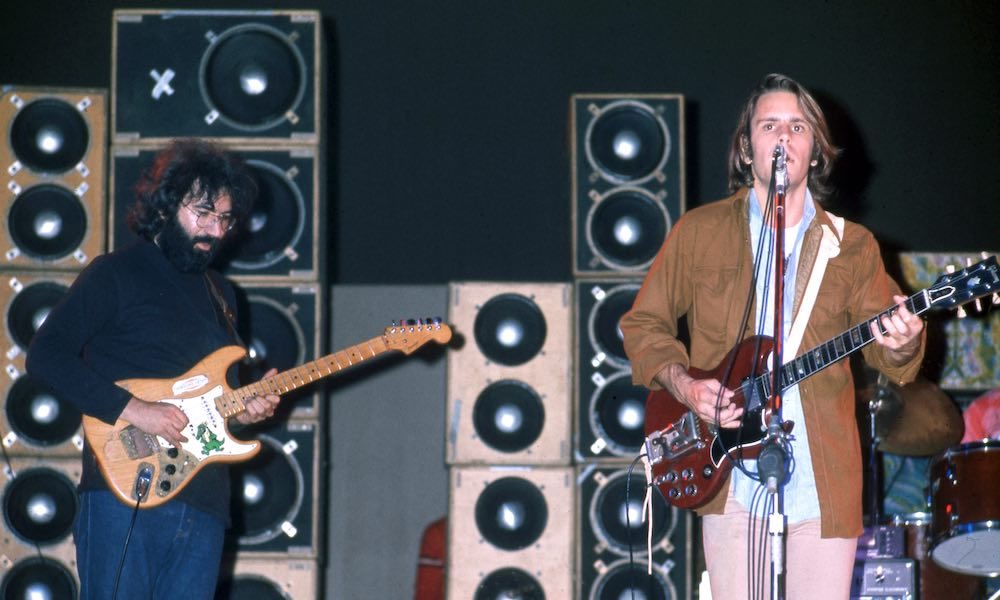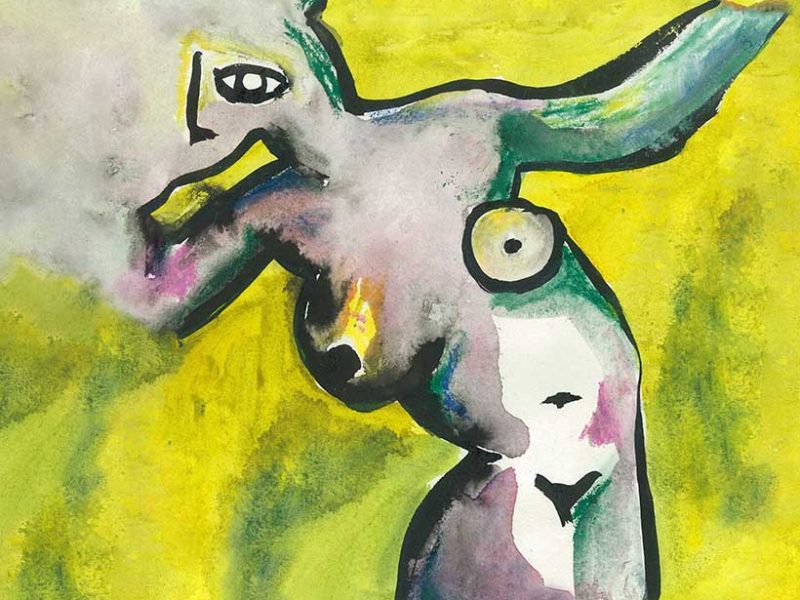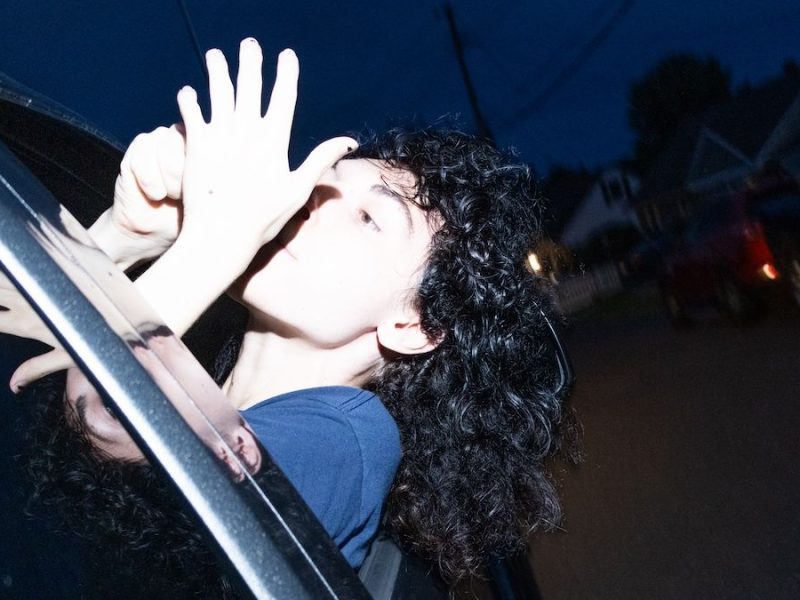Jerry Garcia and Bob Weir of the Grateful Dead live in Vancouver in June 1973, a month before they played Summer Jam. Photo: Ross Marino/Getty Images
Rock folklore remembers landmark festivals such as Woodstock, Monterey, and the Isle of Wight as legendary occasions. For some reason, it has tended to overlook the event that was bigger than any of them.
The Summer Jam at Watkins Glen, the Grand Prix racetrack in New York state, took place on July 28, 1973. It was attended by a mind-boggling (and record-breaking) total of 600,000 people, who enjoyed hours and hours of music provided by just three acts, the Allman Brothers Band, the Grateful Dead, and The Band.
‘Largest audience for a pop festival’
That attendance was sufficient for the Summer Jam to be given the title of “largest audience for a pop festival” by the Guinness Book of World Records. While estimates of festival crowds often vary wildly, the figure dwarfed the 400,000 that were said to be at Woodstock. Also, in retrospect, that summer’s day at Watkins Glen defined the very idea of the extended jam session that became one of the characteristics of 1970s rock.
The seeds of Summer Jam were sown the year before, when promoters Shelly Finkel and Jim Koplik had staged a Grateful Dead show in Hartford, Connecticut. Three members of the Allman Brothers Band — Dickey Betts, Berry Oakley, and Jaimoe — all showed up on stage for an impromptu jam.
Unintentionally free
Watkins Glen was certainly not intended to be a free concert, but it turned out that way for hundreds of thousands of people. The promoters sold 150,000 tickets in advance at $10 each, but the rest of the throng that created a different sort of jam on the approaches to the racetrack wound up with a long-distance view for nothing.
Even the soundchecks at Summer Jam were epics, with part of the Grateful Dead’s supposed run-through eventually seeing release on the 1999 box set So Many Roads (1965-1995). When they officially opened the event, the Dead played two long sets, after which The Band followed with a two-hour performance.
Allmans’ live classics
When the Allmans hit the stage, the timing was perfect to give songs from their imminent Brothers and Sisters album an airing. They took their place among what were, by now, staples in their show such as “Statesboro Blues” and “Whipping Post.”
Their Watkins Glen performance of one of the new songs, Gregg Allman’s “Come and Go Blues,” was later released on their 1976 live compilation Wipe The Windows, Check The Oil, Dollar Gas. The Allmans played, as often, for three hours, and then, true to the spirit of the day, members of all three bands got up to jam on standards like “Johnny B. Goode” and “Not Fade Away.”
“Who can explain it,” Koplick said in the Washington Post’s report of the festival. “We spent less than $30,000 on advertising and we wound up selling 150,000 tickets at $10 each. But we never dreamed we’d have this many people. I guess they just found the concept appealing — a day of music in the country.”
Listen to the best of the Allman Brothers Band on Apple Music and Spotify.



